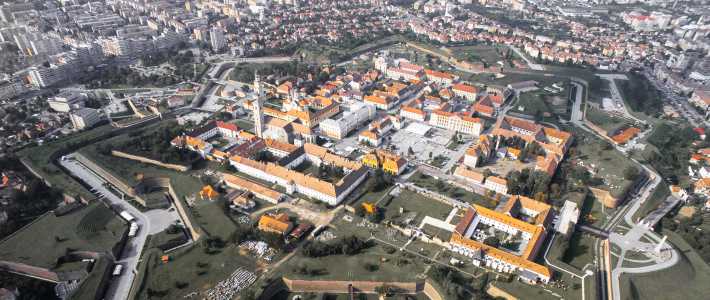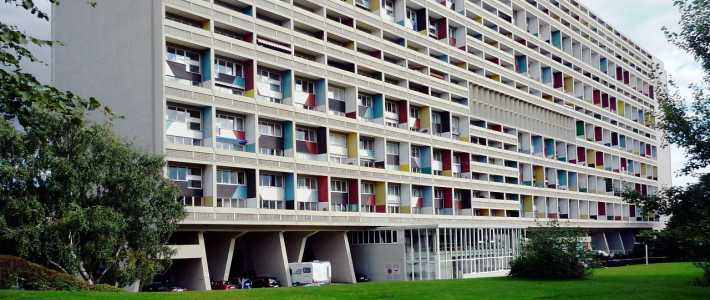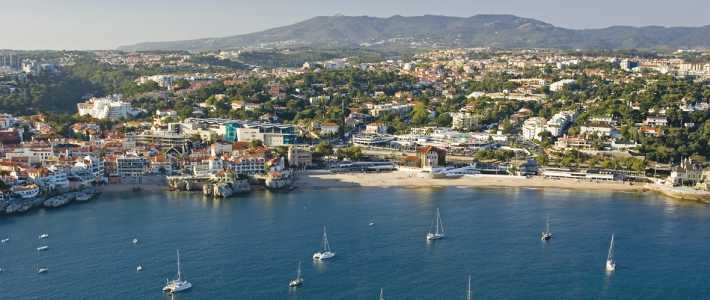Replication cities
The replication cities involved in the project all have the potential to expand, modernise or re-introduce heat networks. They will play a crucial role in testing and using the THERMOS planning methodology and software to quickly assess where to place new networks, and how best to refurbish existing ones. The replication cities shown below will ensure that the tools THERMOS develops are fit-for-purpose and work to support real-world energy planning processes.
| Pilot city | Replication city | Supported by | |
|---|---|---|---|
| Granollers, Spain | Cascais, Portugal | CREARA, AAU, ICLEI | |
| Islington, UK | London (GLA), UK | CSE, AAU, ICLEI | |
| Jelgava, Latvia | Alba Iulia, Romania | CSE, AAU, ICLEI | |
| Warsaw, Poland | Berlin (dena), Germany | KAPE, AAU, ICLEI |
Alba Iulia, Romania
Alba Iulia is situated in the middle of Romania, it covers an area of 100 km2 and has a population of around 63,500 inhabitants.
From 1993, the activity of producing and distributing heat through centralized systems in Alba Iulia was managed by a company, which in 1999 became Dalkia Romania Branch Alba Iulia. The company managed the production, transport, and distribution of thermal energy for hot water and heating, with heat generated in the block heating stations.
In 1993 the company managed a total of 31 district heating plants and a network spanning 24.35 kilometres and serving 16,635 apartments in Alba Iulia and surrounding neighborhoods. However, gradually fuel prices went up and owners decided to disconnect buildings from networks. In 2011, 29 district heating plants were closed. In 2012, the last two functional district heating plants were closed. Nowadays, more than 18,500 apartments have apartment central heating systems, and of these an estimated 10% of the apartments are equipped with air conditioning.
What THERMOS will do in Alba Iulia:
Alba Iulia has been partnered with Jelgava in Latvia and will be supported by Jelgava and the THERMOS partners to develop a city wide heating and cooling map, with the aim of reviving and reintroducing modern heat networks. A component of this work involves mapping the entire network of cooling installations and the characteristics of apartment heating systems, including their emissions. THERMOS aims to assist the city in developing policies, programmes, and incentives for the re-introduction and upgrade of modern district heating and cooling networks.
THERMOS Replication Assessment Report: Alba Iulia
City administration homepage: www.apulum.ro/index.php/site/en

Berlin, Germany (managed by Deutsche Energie-Agentur)
Berlin is the largest city in Germany and covers an area of almost 900km2 and has a population of 3.5 million.
Approximately 34%, or more than 600,000 dwellings in more than 50,000 buildings in Berlin are heated via district heating. Berlin’s district heating network spans about 2,000 km. District heating supply areas are located all over the city, with a high concentation in central districts and densely populated areas in the east of the city. Six large operators and numerous small operators offer district heating partly produced by renewable energies, and also by cogeneration of heat and power as well as district cooling. In some areas, such as Marzahn-Hellersdorf, buildings are exclusively heated by district heating.
To reach the city’s energy transition goals of reducing carbon dioxide emissions by 85 % by 2050 from 1990 levels, Berlin now plans to take over the district heating network owned by Vattenfall, a Swedish energy company, although this decision is currently subject to legal disputes.
What THERMOS will do in Berlin:
THERMOS will work closely with Deutsche Energie-Agentur (dena), the national energy agency for Germany, and the City Council to develop an advanced heat map for the Berlin region, and test how that integrates with existing network planning tools. Berlin is partnered with Warsaw (a THERMOS pilot city) and will be using lessons from Warsaw to explore options for new networks and heat network expansion across the city. There are also opportunities for dena to build on their participation in THERMOS in order to replicate similar solutions with other cities across Germany.
THERMOS Replication Assessment Report: Warsaw
City administration homepage: www.berlin.de
dena homepage: www.dena.de

Cascais, Portugal
Cascais is a coastal municipality located in Portugal, 30km away from Lisbon. It has a population of around 200,500 and covers an area of just under 100 km2.
There are currently no communal solutions for heating and cooling, such as district networks, in Cascais. The method of heating and cooling used depends on the type and age of the building, and preferences. Some buildings have air conditioning systems, others have solar PV, and others have a communal boiler which provides for a number of apartments.
Urban planning in Cascais focuses on the refurbishment of existing houses and buildings rather than new buildings. In terms of energy infrastructure, electricity is delivered by a common grid network, whereas gas is delivered mainly in bottles and partly via underground natural gas infrastructure.
What THERMOS will do in Cascais:
THERMOS will focuse on creating a better understanding of the potential for district heating/cooling in a city where most buildings are older and refurbished. Medium and long term climate change scenarios point to an increase in cooling needs in Cascais, accompanied by the need to heat during the winter, therefore establishing effective cooling networks is just as important as heating networks.
THERMOS Replication Assessment Report: Cascais
City administration homepage: www.cascais.pt

London, UK (managed by Greater London Authority)
London is the capital city of the UK and the most populated municipality in the European Union. It covers an area of 1,500 km² and has a population of over 8 million inhabitants.
The Mayor of London is committed to delivering 25% of London's energy supply from decentralised energy (DE) by 2025. To achieve this ambitious target, a number of decentralised energy projects have been established to facilitate and accelerate the uptake of district heating, through heat mapping and energy masterplanning, capacity building, and supporting planning policies that encourage DE.
The Greater London Authority (GLA) is working with London boroughs and private partners to develop opportunities for large scale decentralilsed energy projects. A programme run by the GLA between 2011-2015 took 13 district heating projects to market with a total value of over £100 million. It is estimated that this programme delivers an installed capacity of 47.5 MWe and 105.3 MWth, supplying a heat network length of 19.93 km and saving 43,904 tCO2 per annum.
As part of this programme, a new set of guidelines were published to support the delivery of decentralised energy schemes in the capital. The 'District Heating Manual for London' provides practical guidance for developers, network designers and planners with the aim of creating a consistent framework for delivering efficient, interconnecting district heating networks. The GLA are currently working to develop a successor programme.
What THERMOS will do in London:
As a partner in the THERMOS project, GLA will share data and the lessons learned from district heating and cooling schemes drawn from across London to feed in data, project plans, and costs during the development phase of the THERMOS software. The GLA also serves as a conduit to help replicate THERMOS planning methods in 32 London boroughs, through dissemination and training in the use of the software.
THERMOS Replication Assessment Report: Greater London Authority
Homepage: www.london.gov.uk



